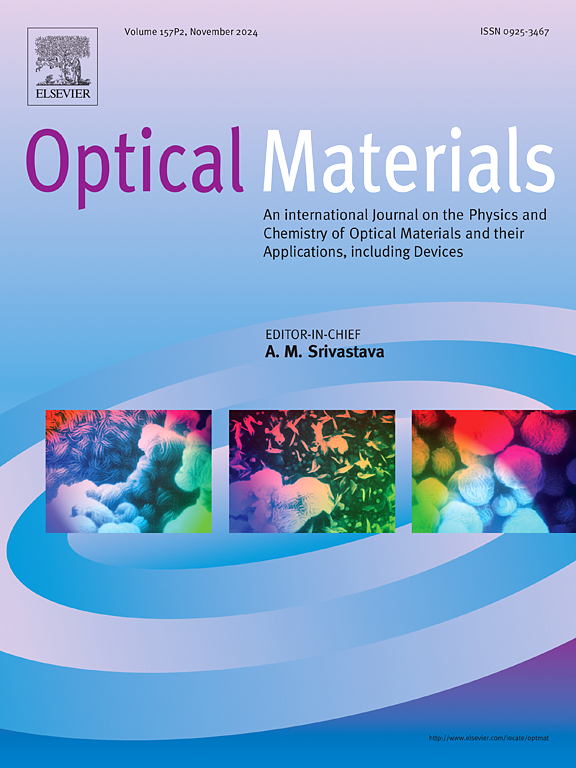合理设计Pt纳米簇修饰g-C3N4/TiO2异质结,增强电荷分离,用于高效光催化降解RhB
IF 4.2
3区 材料科学
Q2 MATERIALS SCIENCE, MULTIDISCIPLINARY
引用次数: 0
摘要
本研究通过界面工程策略成功构建了g-C3N4/TiO2异质结及其Pt纳米簇修饰复合材料(PtC-CN-TiO2),系统研究了其光催化降解RhB的性能和机理。在可见光照射下,PtC-CN-TiO2在160 min内对RhB的降解效率达到99.29%,反应速率常数比无pt催化剂提高34.3%。机理研究表明,Pt作为电子汇,促进·O2−的生成,同时诱导界面电子结构重整,增强表面羟基吸附和氧空位活性。循环实验证实了其卓越的稳定性。这项工作为设计高效稳定的太阳能驱动光催化剂提供了新的界面工程见解和理论基础。本文章由计算机程序翻译,如有差异,请以英文原文为准。
Rational design of Pt nanocluster-modified g-C3N4/TiO2 heterojunction with enhanced charge separation for high-efficiency photocatalytic degradation of RhB
This study successfully constructs a g-C3N4/TiO2 heterojunction and its Pt nanocluster-modified composite (PtC–CN–TiO2) through an interface engineering strategy, systematically investigating their photocatalytic RhB degradation performance and mechanisms. Under visible light irradiation, PtC–CN–TiO2 achieves a RhB degradation efficiency of 99.29 % within 160 min, with a 34.3 % increase in reaction rate constant compared to the Pt-free catalyst. Mechanistic studies reveal that Pt acts as an electron sink, facilitating the generation of ·O2−, while inducing interfacial electronic structure renormalization to enhance surface hydroxyl adsorption and oxygen vacancy activity. Cycling experiments confirm its exceptional stability. This work provides novel interface engineering insights and theoretical foundations for designing highly efficient and stable solar-driven photocatalysts.
求助全文
通过发布文献求助,成功后即可免费获取论文全文。
去求助
来源期刊

Optical Materials
工程技术-材料科学:综合
CiteScore
6.60
自引率
12.80%
发文量
1265
审稿时长
38 days
期刊介绍:
Optical Materials has an open access mirror journal Optical Materials: X, sharing the same aims and scope, editorial team, submission system and rigorous peer review.
The purpose of Optical Materials is to provide a means of communication and technology transfer between researchers who are interested in materials for potential device applications. The journal publishes original papers and review articles on the design, synthesis, characterisation and applications of optical materials.
OPTICAL MATERIALS focuses on:
• Optical Properties of Material Systems;
• The Materials Aspects of Optical Phenomena;
• The Materials Aspects of Devices and Applications.
Authors can submit separate research elements describing their data to Data in Brief and methods to Methods X.
 求助内容:
求助内容: 应助结果提醒方式:
应助结果提醒方式:


